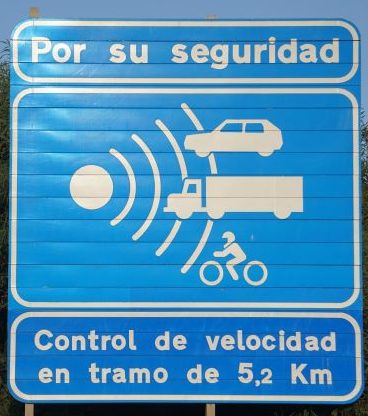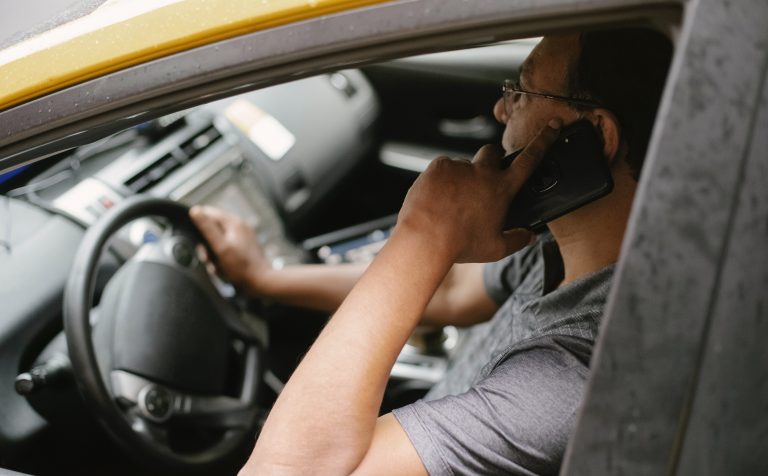(Updated 2023) Most of us have at some time exceeded the speed limit during our years of driving. The result could be a speeding fine from attentive traffic police or an unseen helicopter hovering overhead searching for traffic infringements.
Some of us may have committed other traffic infractions that, perhaps through ignorance, we hadn’t even realise we were committing.
The result could be a fine and points on our driving licence. However, the fine notification might not arrive until several months later. This may be long after we have forgotten about the incident.
Apart from our memory there are other problems with these notifications. They are sent by post.
How are Spanish traffic fines notified ?
Firstly, whilst I have every respect for post office delivery workers who have to deal with perhaps 20,000 properties all under the same post code, post does go astray. Also a lot of people living in the countryside in Spain frequently experience problems with mail delivery.
Secondly, if you move house have you remembered to change the registered address of your car in Spain? The advice of a traffic fine may well be delivered but are you still living at that address?
Normally, if you pay the traffic fine within 20 days then you only have to pay half the amount. If you want to dispute the fine, because it appears to be a mistake, then this must be done within 30 days of it being received.
However, if the authorities don’t receive payment or an appeal then the full amount becomes automatically due. Late payment will also result in a surcharge.
The tax authorities take over management of the fine if it remains unpaid. The tax authorities will then try to contact you. In the meantime, the fine may attract further surcharges.
Embargoed accounts and other asset seizure
If the fine continues to be unpaid the tax authorities will start the process of embargoing your bank accounts. If there is insufficient money in the bank they will resort to other measures. This could be to take the money directly from your salary or embargo other assets such as property.
Postal delivery in some areas is not the best and a change of address with the Regional Traffic Office is probably not at the top of our list of people and businesses to advise of a relocation.
How can I receive notification of traffic fines in Spain automatically?
Well, if you are not good at keeping the Spanish authorities up to date with your current location or your postal service is not reliable then the best way to ensure you receive notification of any traffic fines in Spain is by contracting a product that automatically advises you if the Spanish authorities have been unsuccessful in contacting you by post.
For just 21 euros a year (2023) you can purchase a service whereby a company will scan the daily records of traffic fines issued but where it has not been possible to notify the recipient by post. If they find something they will advise you by text or email. You can then arrange to make the payment, taking advantage of any early payment reduction, or appeal if it appears to be an error.
If it turns out that the infraction was impossible (perhaps some criminal has cloned your registration or you had sold the car) then the product provider will help you to appeal the fine.
The service is provided to the individual so it does not matter how many cars you have. The person who is the owner of the car should take the product. If a couple have numerous cars, some in one partner’s name and some in another, then they should take the product each.
Interested? Fill the form in below and we will explain.


















